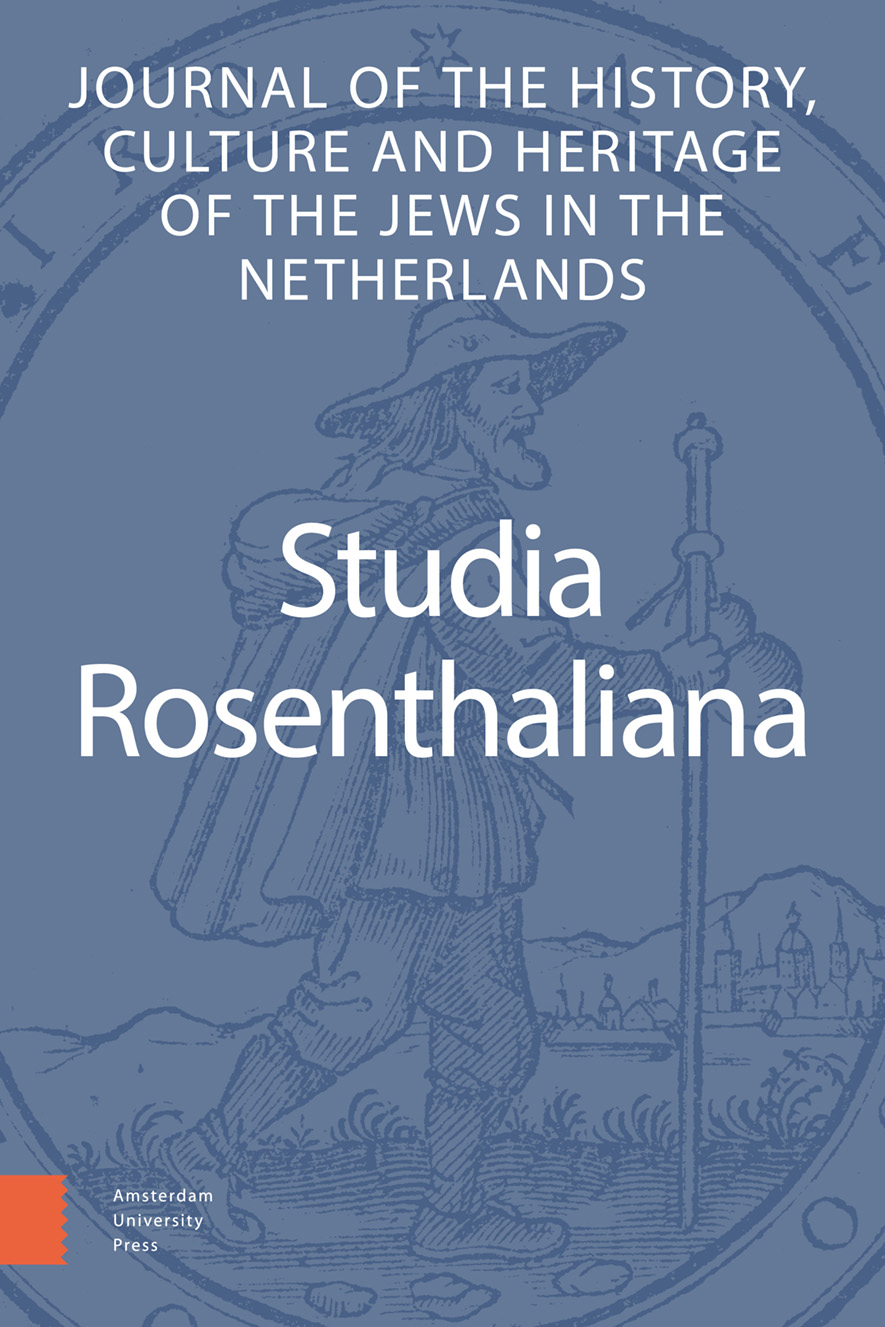-
oa Early Modern Portuguese Jewish Conceptions of Dominium and Libertas and Constructions of Community
- Amsterdam University Press
- Source: Studia Rosenthaliana, Volume 49, Issue 1, Oct 2023, p. 23 - 39
-
- 01 Oct 2023
Abstract
The Atlantic trade in enslaved people became an economic, social, political, and legal issue in the seventeenth century. Portuguese Jews became involved in the trade in enslaved people and the debate about its legality in this same chronology. Portuguese Jews, some of whom had lived as so-called New Christians or conversos, blended legal traditions ranging from the Spanish ‘School of Salamanca’ which was a legal center that grappled with the myriad issues raised by the Spanish colonization of the new territories, Talmudic jurisprudence, Iberian interpretations of Roman Law, and Jewish, Christian, and Greek philosophy, as well as Christian theology. As resident ‘foreigners’ in the Dutch Republic, some of these people became prominent legal scholars who produced rulings and discussions relating to this Jewish presence in the Dutch Republic. One such jurist was Ishac Athias, who wrote a legal treatise in 1627 with the title of Thesoro de Preceptos [Treasure of Precepts]. In this work he expresses his conceptions of dominium (lordship/ mastery) and libertas (freedom from servitude), framed by a discussion of the Talmudic concept of Canaanite slavery. The focus of this research article is to explore how Athias contributes to the legal debate on slavery and the slave trade, and the naturalization of the law of nations that was raging in the seventeenth-century Dutch Republic.


